Forest Health Monitoring: Best Practices and Innovation
- August 12, 2024
- 0 comment
Forest health monitoring is a critical aspect of sustainable forest management, ensuring that ecosystems remain resilient and productive. Best practices in forest health monitoring involve a combination of traditional techniques and innovative technologies. Ground surveys and remote sensing are fundamental, providing comprehensive data on tree species composition, pest and disease outbreaks, and overall forest vitality. Incorporating technology like satellite imagery, drones, and geographic information systems (GIS) enhances the accuracy and efficiency of monitoring efforts.
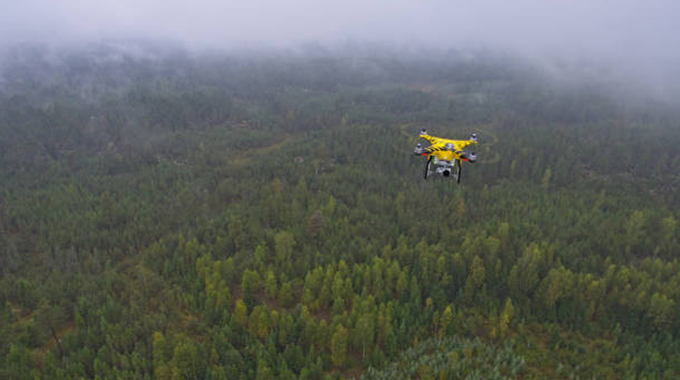
Innovations such as machine learning algorithms and automated sensors enable real-time data collection and analysis, offering early detection of potential threats. Integrating community involvement and stakeholder engagement is also vital, as local knowledge and participation can greatly enhance monitoring programs. By adhering to these best practices and embracing innovation, forest health monitoring can effectively safeguard forest ecosystems for future generations.
List of Best Practices for Forest Health Monitoring:
- Traditional Techniques in Forest Health Monitoring
- Innovative Technologies in Forest Health Monitoring
- Advanced Analytical Tools
- Best Practices for Effective Forest Health Monitoring
- Challenges and Future Directions
Traditional Techniques in Forest Health Monitoring
Ground Surveys

Ground surveys are a foundational technique in forest health monitoring, providing essential insights into the condition of forest ecosystems. These surveys involve on-the-ground data collection, where trained personnel systematically examine trees, soil, and underbrush. The primary methods include plot sampling and transect sampling, where specific areas or lines within the forest are assessed for health indicators.
The importance of ground surveys lies in their ability to provide detailed, firsthand information on tree species composition, pest and disease presence, and overall forest structure. Data collected from these surveys include tree height, diameter, and canopy condition, as well as signs of pest infestations and diseases. This information is crucial for identifying immediate threats and developing targeted management strategies.
Remote Sensing
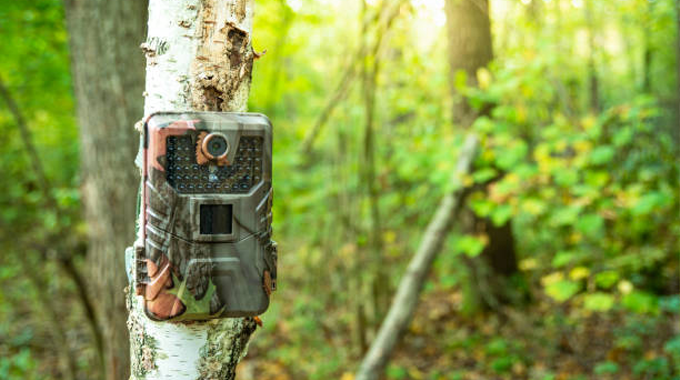
Remote sensing technologies have revolutionized forest health monitoring by enabling large-scale data collection from a distance. There are various types of remote sensing technologies, including satellite imagery, aerial photography, and LiDAR (Light Detection and Ranging). Each technology offers unique advantages for monitoring forest health.
The applications and benefits of remote sensing are vast. It allows for the monitoring of vast forest areas that are difficult to access, providing data on canopy cover, forest density, and changes over time. Remote sensing can detect early signs of forest stress, such as changes in color and vegetation density, which are indicative of pest infestations, diseases, or environmental changes. The ability to analyze temporal changes in forests helps in understanding long-term trends and impacts of management practices.
Innovative Technologies in Forest Health Monitoring
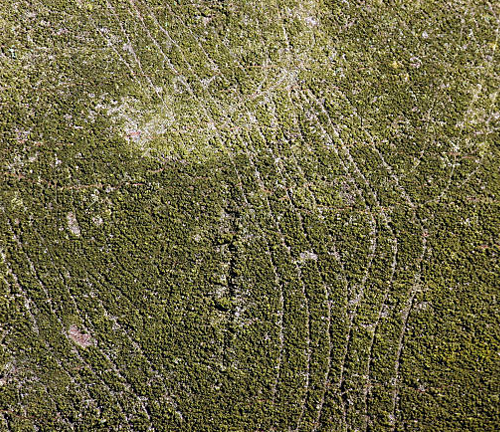
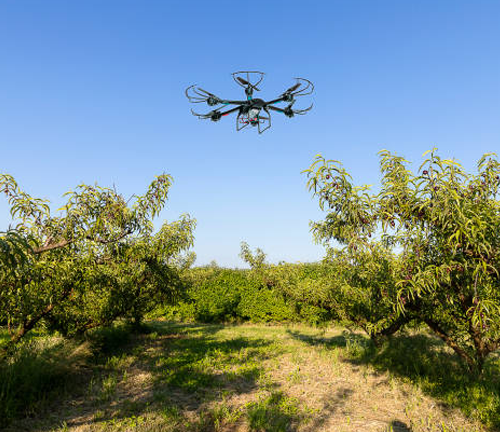
Satellite Imagery
Satellite imagery offers a bird’s-eye view of forests, capturing high-resolution images that are invaluable for monitoring forest health. One of the significant advantages of satellite imagery over traditional methods is its ability to cover extensive areas with minimal ground effort. Satellites can regularly capture images, allowing for continuous monitoring and early detection of changes in forest health.
Examples of satellite imagery use in forest health monitoring include tracking deforestation, assessing the impact of natural disasters, and monitoring forest regeneration. Satellite data can reveal patterns of tree loss, canopy gaps, and vegetation health, providing critical information for conservation and management efforts.
Drones
Drones, or unmanned aerial vehicles (UAVs), play a crucial role in modern aerial surveys and data collection. They offer high flexibility and can capture detailed images and videos at various altitudes and angles. Drones are particularly useful for monitoring hard-to-reach areas and obtaining high-resolution data.
Case studies demonstrating the effectiveness of drones include their use in monitoring forest fires, assessing storm damage, and mapping forest structure. For instance, drones have been used to quickly assess the extent of fire damage in forests, allowing for rapid response and management planning. Their ability to provide real-time data makes them an invaluable tool for forest health monitoring.
Geographic Information Systems(GIS)
Geographic Information Systems (GIS) are powerful tools for integrating various data sources and enhancing data analysis and visualization. GIS combines spatial data with other information, such as soil types, climate data, and historical forest health records, to create comprehensive maps and models.
The integration of GIS with other technologies, such as remote sensing and ground surveys, allows for a more detailed and accurate understanding of forest health. Enhanced data analysis and visualization capabilities enable better decision-making and more effective forest management practices.
Advanced Analytical Tools
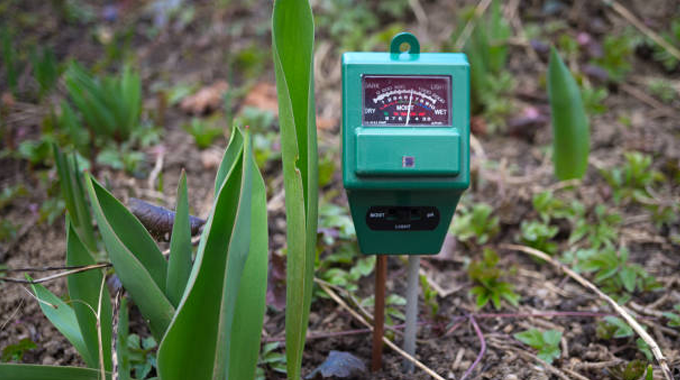
Machine Learning Algorithms
Machine learning algorithms are at the forefront of predictive analysis and early threat detection in forest health monitoring. These algorithms can analyze vast amounts of data to identify patterns and predict potential issues before they become severe. For example, machine learning can predict the spread of pests and diseases based on environmental factors and historical data.
Case studies of successful implementation of machine learning in forest health monitoring include predicting the outbreak of bark beetles in North American forests and identifying areas at risk of deforestation in the Amazon. These predictive models enable forest managers to take proactive measures to mitigate threats and protect forest health.
Automated Sensors
Automated sensors offer real-time data collection, continuously monitoring environmental conditions and forest health indicators. These sensors can measure parameters such as soil moisture, temperature, humidity, and tree growth rates. By providing continuous data streams, automated sensors help in detecting changes and anomalies promptly.
Examples of applications in forest monitoring include using soil moisture sensors to manage irrigation in plantations and deploying temperature and humidity sensors to monitor conditions conducive to pest outbreaks. Automated sensors enhance the ability to respond quickly to emerging threats and maintain forest health.
Best Practices for Effective Forest Health Monitoring

Combining Traditional and Innovative Methods
Combining traditional methods with innovative technologies offers a comprehensive approach to forest health monitoring. Ground surveys provide detailed, localized data, while remote sensing and advanced technologies cover larger areas and offer new insights. The benefits of an integrated approach include more accurate assessments and timely interventions.
Community Involvement and Stakeholder Engagement
Community involvement and stakeholder engagement are crucial for effective forest health monitoring. Local knowledge and participation enhance monitoring programs and ensure that management practices are culturally and socially appropriate. Strategies for effective participation include training community members in monitoring techniques and involving them in decision-making processes.
Regular Monitoring and Adaptive Management
Continuous data collection through regular monitoring is essential for adaptive management. This approach involves adjusting management practices based on monitoring results to address changing conditions and emerging threats. Regular monitoring ensures that forest health is maintained over time and that management practices remain effective.
Challenges and Future Directions
Current Challenges in Forest Health Monitoring
Despite advancements, challenges in forest health monitoring remain. These include limited funding, technological barriers, and the need for standardized methodologies. Additionally, climate change poses new threats that require adaptive monitoring approaches.
Potential Future Innovations and Advancements
Future innovations in forest health monitoring may include further advancements in remote sensing, the use of artificial intelligence for predictive modeling, and the development of more cost-effective monitoring tools. These innovations will enhance the ability to monitor and protect forests.
The Role of Policy and Funding in Supporting Innovation
Policies and funding play a crucial role in supporting innovation in forest health monitoring. Governments and organizations must invest in research and development, provide financial support for monitoring programs, and create policies that promote sustainable forest management. By prioritizing forest health, we can ensure the long-term resilience and productivity of our forests.
Frequently Asked Question (FAQs)
1. What is forest health monitoring?
It’s the process of assessing forest conditions to ensure resilience and productivity, focusing on tree species, pests, diseases, and environmental factors.
2. Why is forest health monitoring important?
It maintains biodiversity, ensures sustainable use, and protects forests from pests, diseases, and environmental stressors.
3. What are the traditional techniques used in forest health monitoring?
Ground surveys and remote sensing, including aerial photography and satellite imagery.
4. How do ground surveys contribute to forest health monitoring?
They provide detailed information on tree species, pests, and diseases through on-site data collection.
5. What role does remote sensing play in forest health monitoring?
It allows large-scale monitoring of forests, providing data on canopy cover, forest density, and changes over time.
6. What are some innovative technologies used in forest health monitoring?
Satellite imagery, drones, GIS, machine learning algorithms, and automated sensors.
7. How does satellite imagery improve forest health monitoring?
It offers high-resolution, large-area coverage for continuous monitoring and early detection of changes.
8. What benefits do drones provide in forest health monitoring?
Drones capture detailed images and videos, particularly useful for hard-to-reach areas and real-time data collection.
9. How is GIS used in forest health monitoring?
GIS integrates spatial data with other information to create comprehensive maps and models, enhancing analysis and decision-making.
10. What are machine learning algorithms, and how are they used in forest health monitoring?
They analyze large datasets to predict threats like pest outbreaks and deforestation, enabling proactive management.
11. How do automated sensors contribute to forest health monitoring?
Sensors provide real-time data on environmental conditions, helping detect changes and anomalies promptly.
12. What are the best practices for effective forest health monitoring?
Combine traditional and innovative methods, engage communities, conduct regular monitoring, and use adaptive management.
13. How can communities and stakeholders be involved in forest health monitoring?
Engage them through training and participation in monitoring and decision-making processes.
14. What are the current challenges in forest health monitoring?
Limited funding, technological barriers, the need for standard methods, and climate change impacts.
15. What are the future directions for forest health monitoring?
Advancements in remote sensing, AI, cost-effective tools, and increased policy support and funding.

Gilbert Griffin
Forestry AuthorGilbert Griffin is a forest management expert specializing in sustainable practices, forest health, conservation, and land management. With extensive knowledge in pest control, disease management, and habitat restoration, Gilbert develops strategies to preserve forest ecosystems and biodiversity. Passionate about the natural world, Gilbert adapts to changes in forest management and stays updated through continuous learning. Gilbert also provides seasonal advice to optimize forest care throughout the year.

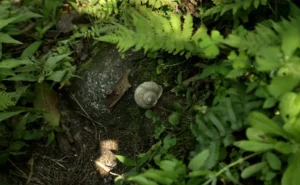
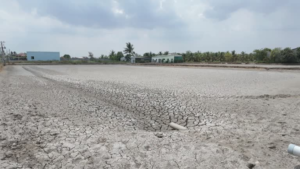
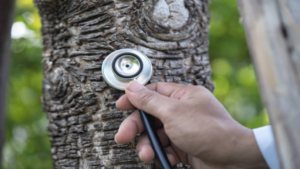


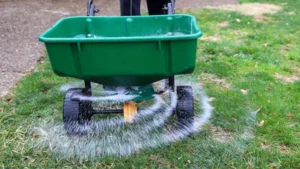

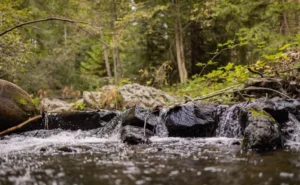
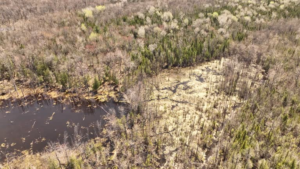

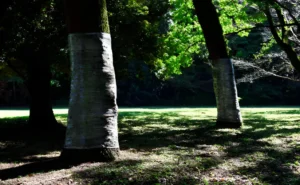
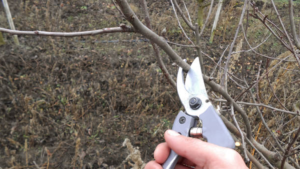
Leave your comment